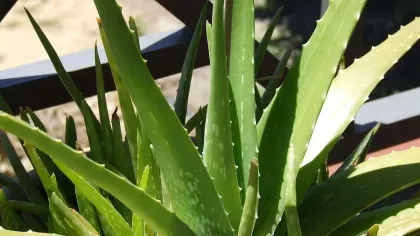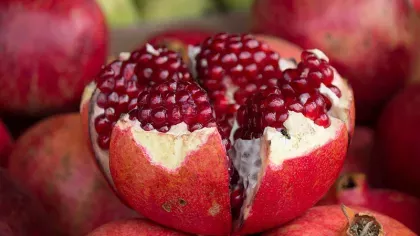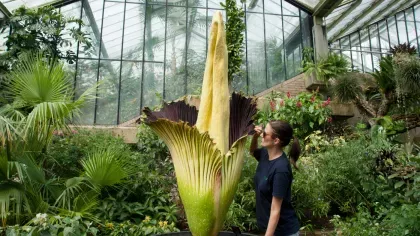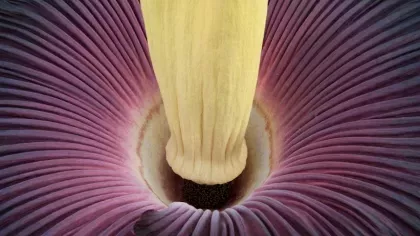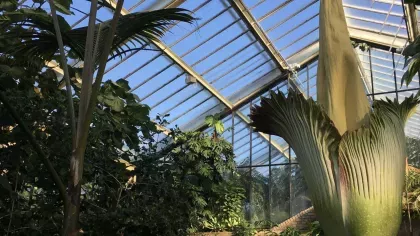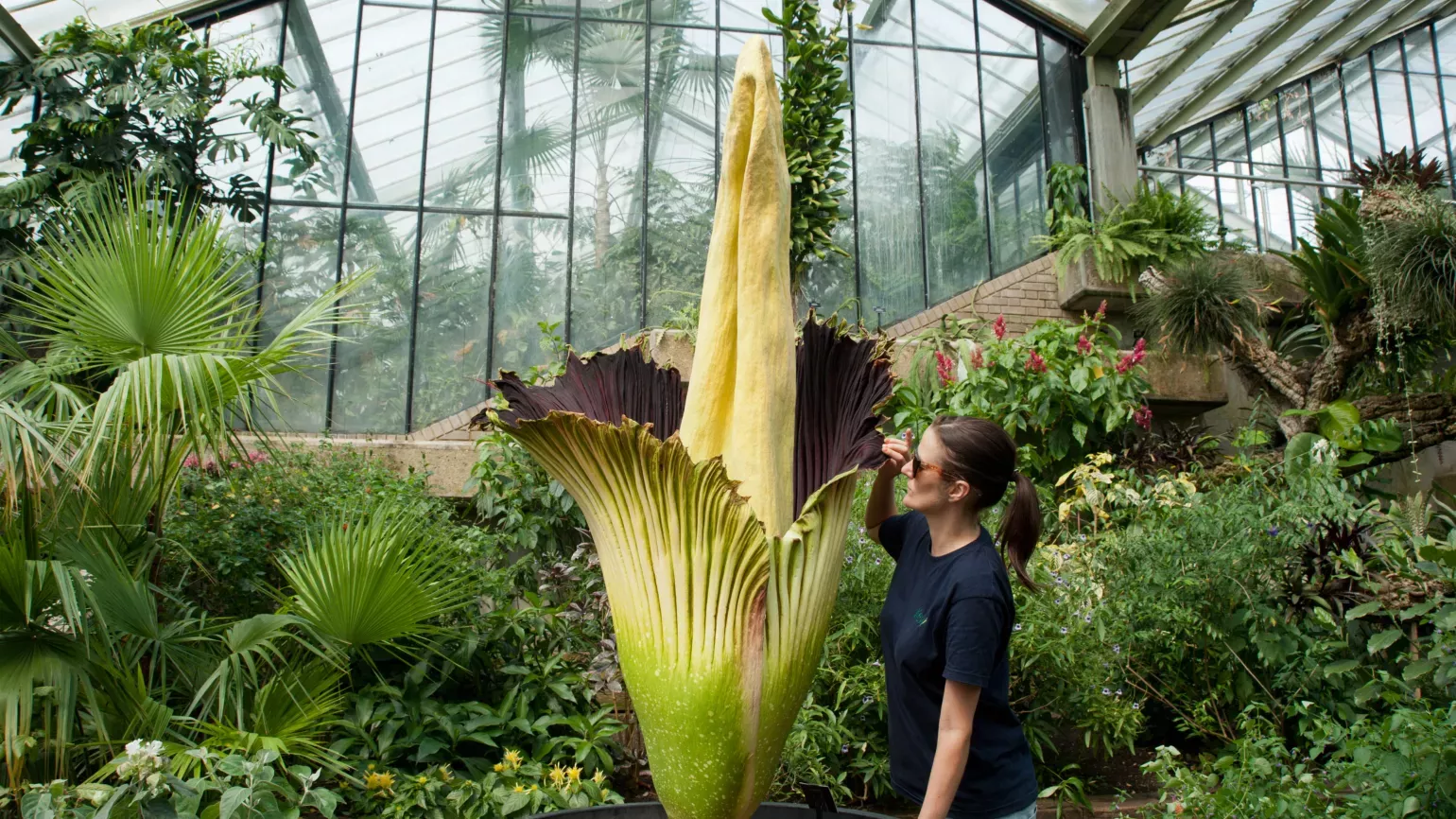
Titan arum
On this page
Titan arum is one of the smelliest plants on Earth.
Nicknamed the corpse flower, it has an incredibly foul smell of rotten flesh when in bloom.
This nauseating odour is produced to attract pollinators that love to feed and breed on flesh.
Titan arum only grows in the rainforests of Sumatra, but it is endangered in the wild due to deforestation and land degradation.
Botanic gardens, like Kew, play a huge role in conserving this precious plant species.
Titan arum’s unpredictable and rare blooms attract thousands of visitors hoping to experience the magnificent sight and disgusting stench.
Titan arum flowered for the first time outside its native Sumatra here at Kew in 1889.
Plant description
Titan arum’s flowers are very small and group into a massive flowering structure called an inflorescence. Its inflorescence consists of an inner flower spike, known as a spadix. The spadix is surrounded by a large petal-like collar called a spathe which is green to cream on the outside and deep burgundy on the inside, with a deeply grooved texture. The flowers are at the base of the spadix and both male and female flowers grow in the same inflorescence. Pollinated female flowers produce bright red and orange spherical fruits. After flowering, the inflorescence dies back and a single, tree-like leaf emerges. The leaf stalk is speckled with white patches and has three branches at the top, each with many large leaflets. A large underground tuber stores the food produced by the leaf in photosynthesis and provides the energy for the massive inflorescence to grow.
Read the scientific profile on titan arum
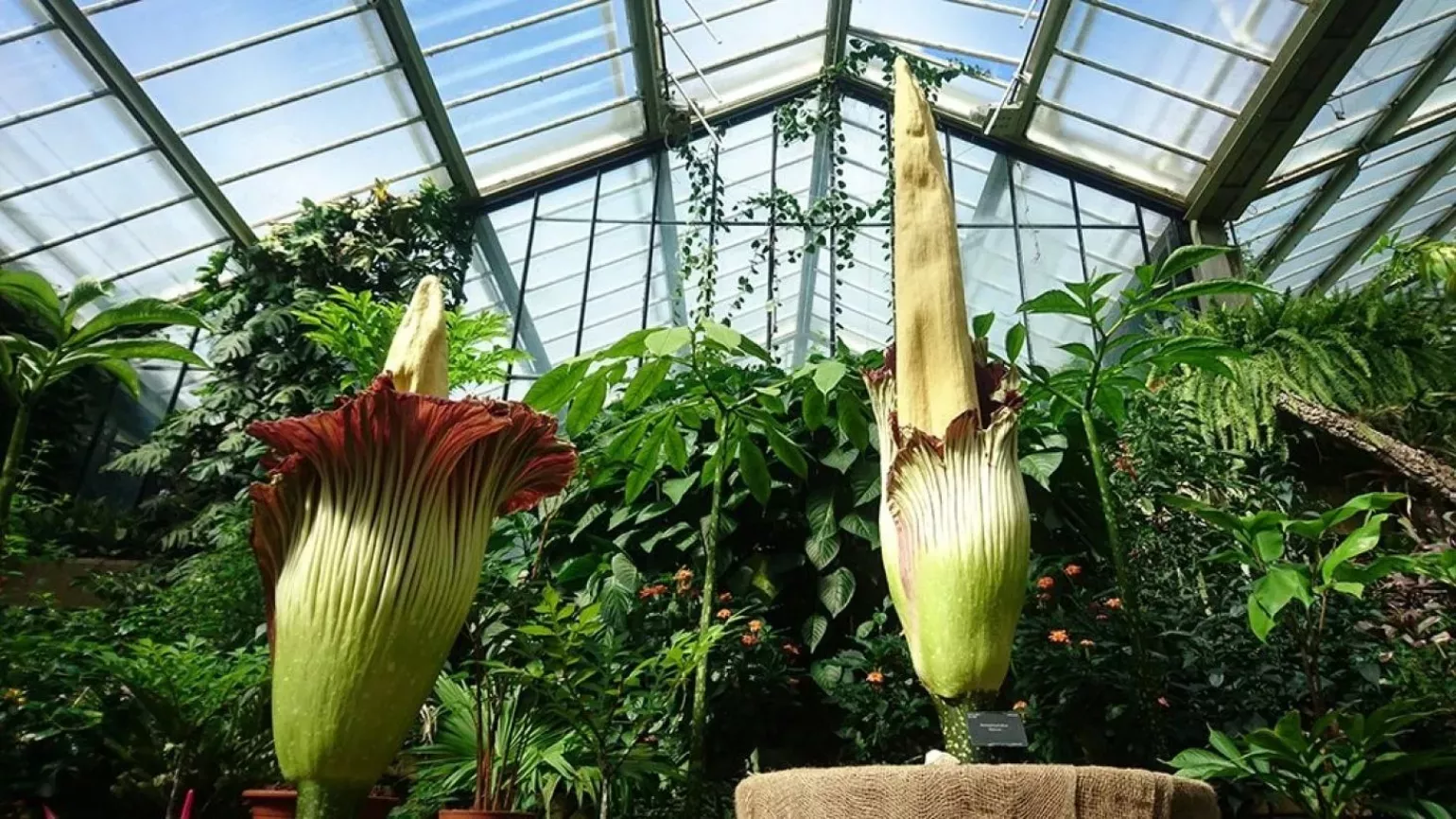
Plant uses
Cultural
Titan arum is used in ornamental displays and is an incredibly popular visitor attraction at botanic gardens.
Did you know?
Titan arum has the world’s largest unbranched inflorescence (flowering structure) that can reach 3m tall.
When titan arum bloomed for the second time at Kew in 1926, it attracted such big crowds that the police were called to control them.
When in bloom, titan arum’s flower spike (spadix) produces heat. This helps the smell travel and can attract pollinators from up to half a mile away.
Titan arum’s inflorescence has a dark red to purple interior which resembles a piece of meat and adds to the allure for flesh-loving pollinators.
Titan arum only emits its foul odour for a single evening when in bloom.
Where in the world?
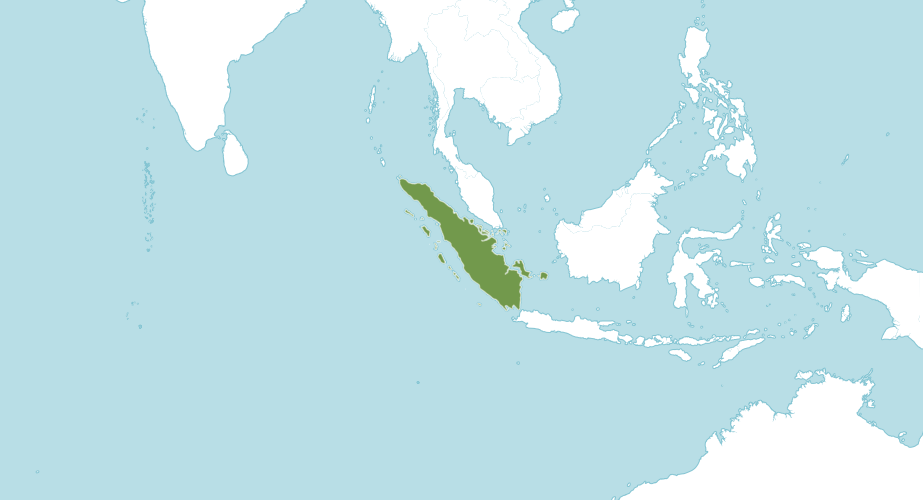
Tropical lowland rainforest on steep limestone hills at 120 — 365m above sea level.
Find it in our gardens
Kew Gardens
A botanic garden in southwest London with the world’s most diverse living plant collection.
Location
Behind the scenes at Kew's Tropical Nursery and sometimes on display in the Princess of Wales Conservatory.
View map of Kew GardensBest time to see
Our work
Titan arum is under threat in its natural habitat due to land degradation and deforestation.
Large areas of its forest habitat are logged for timber and to make room for oil palm plantations.
Botanic gardens play an important role in the ex situ conservation of this endangered plant through efforts to better understand its biology and horticultural requirements.
Here at Kew, we have found the optimum conditions to grow titan arum is in moist, humus-rich soil in warm temperatures around 22°C, at about 75% humidity.
Plants are grown in the shade and kept dry when dormant and watered when a new leaf/inflorescence begins to appear. They are fertilised regularly during the growing season.
Scientists at Kew have conducted investigations into the rancid smells produced by Amorphophallus species.
They found that the major components in these odours are the sulphur-containing compounds dimethyldisulphide and dimethyltrisulphide.
Understanding the chemical compounds behind the odours could provide clues to the pollinators of titan arum. This largely remains a mystery, but carrion beetles are likely candidates.

